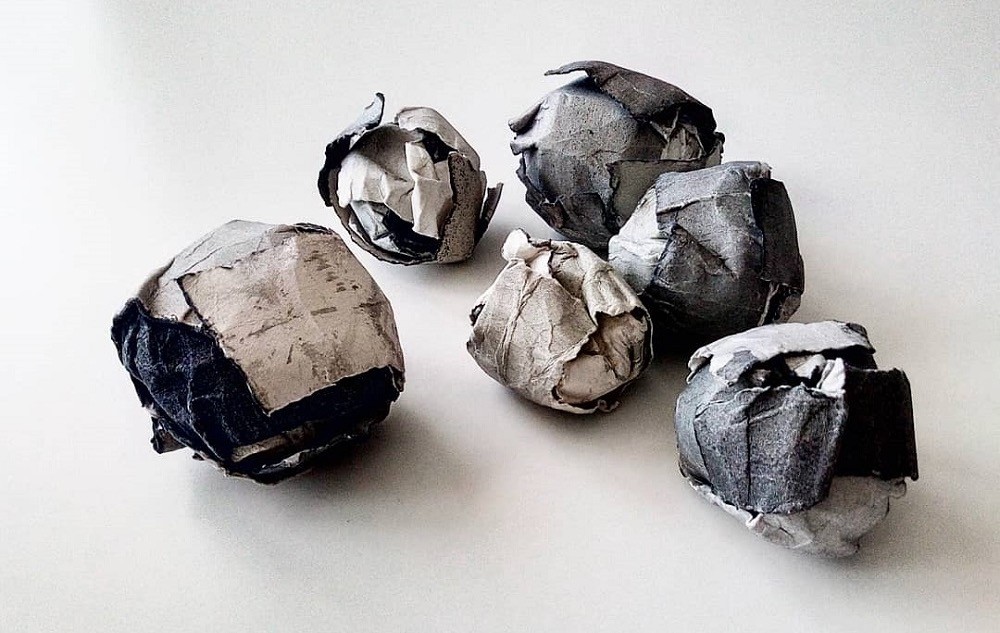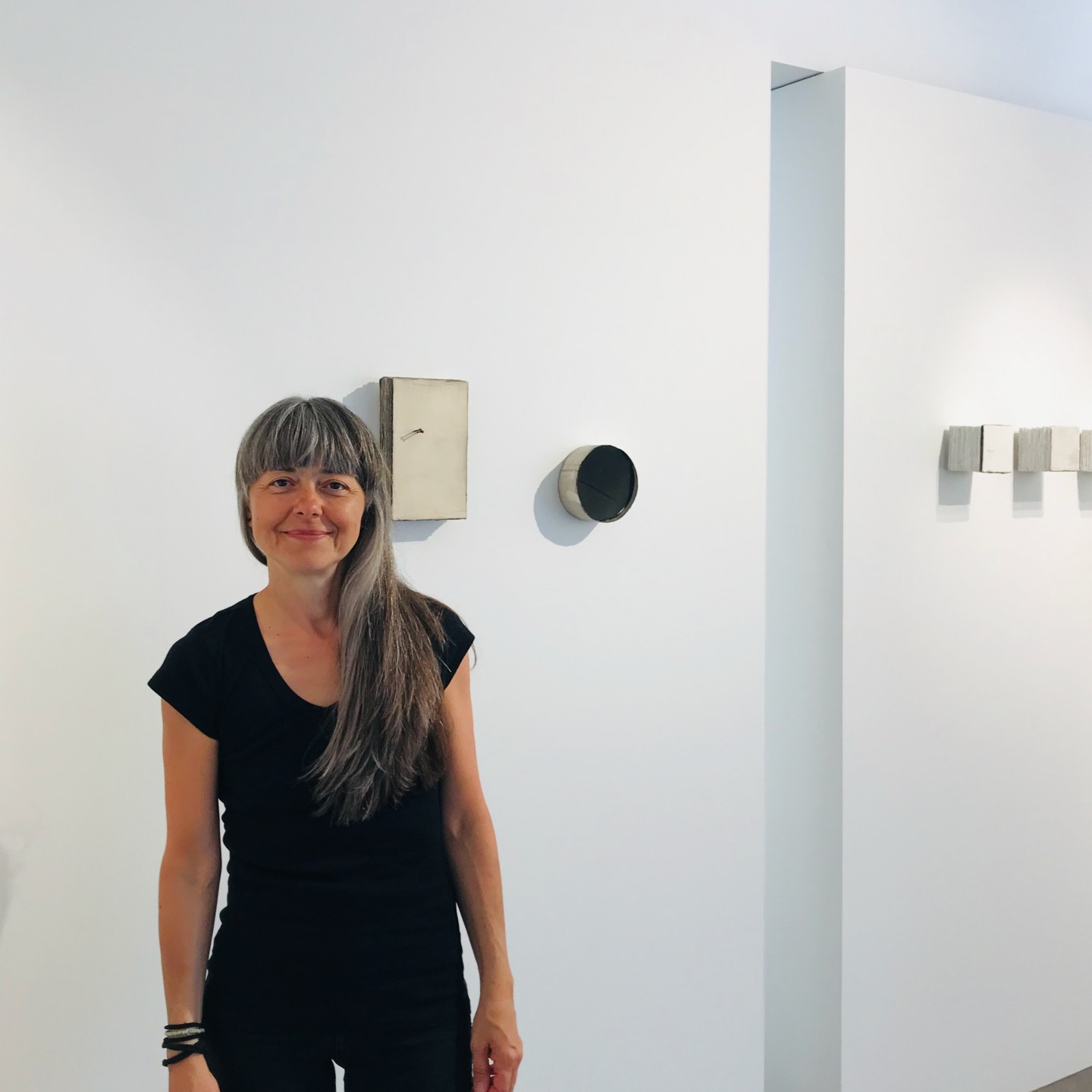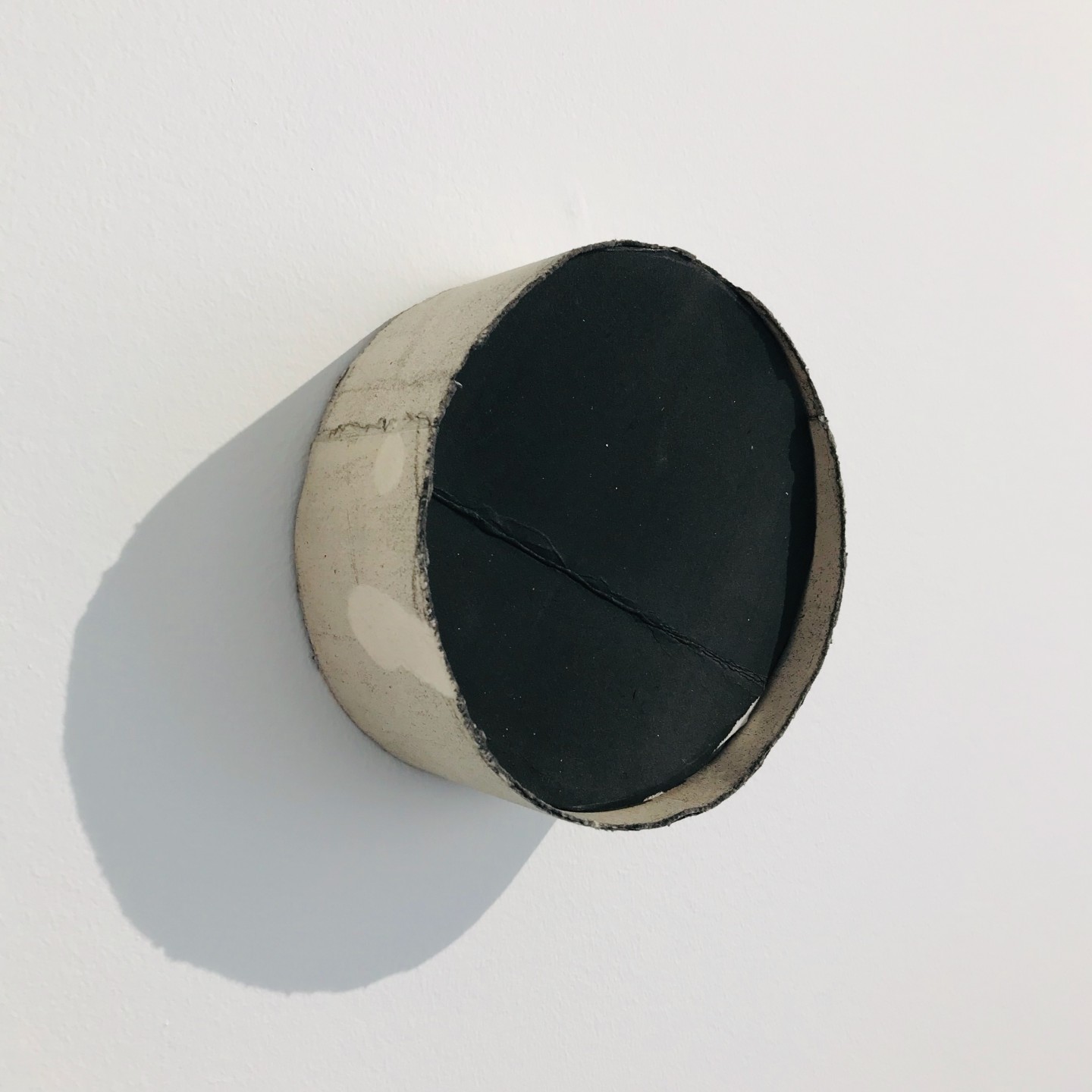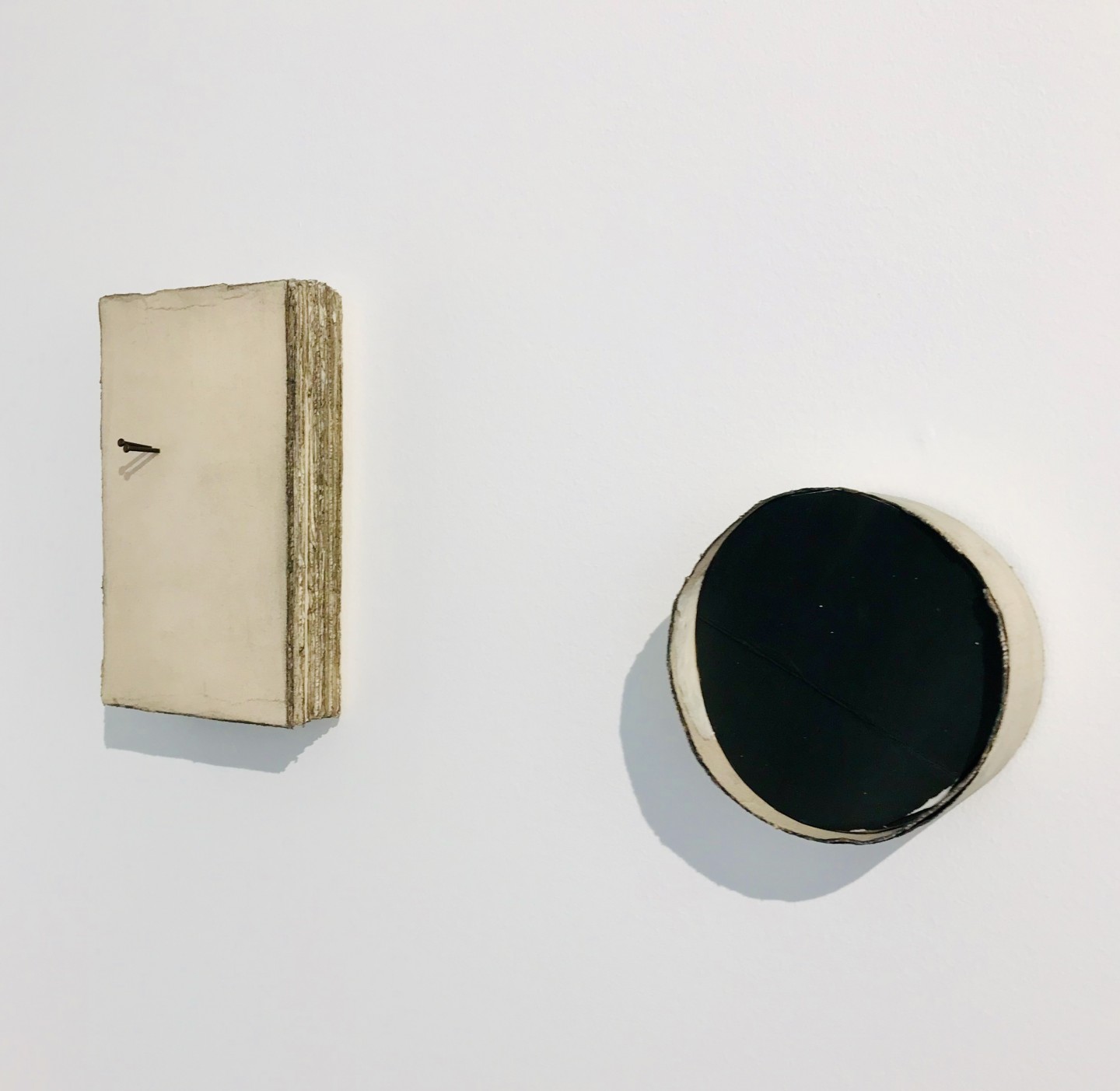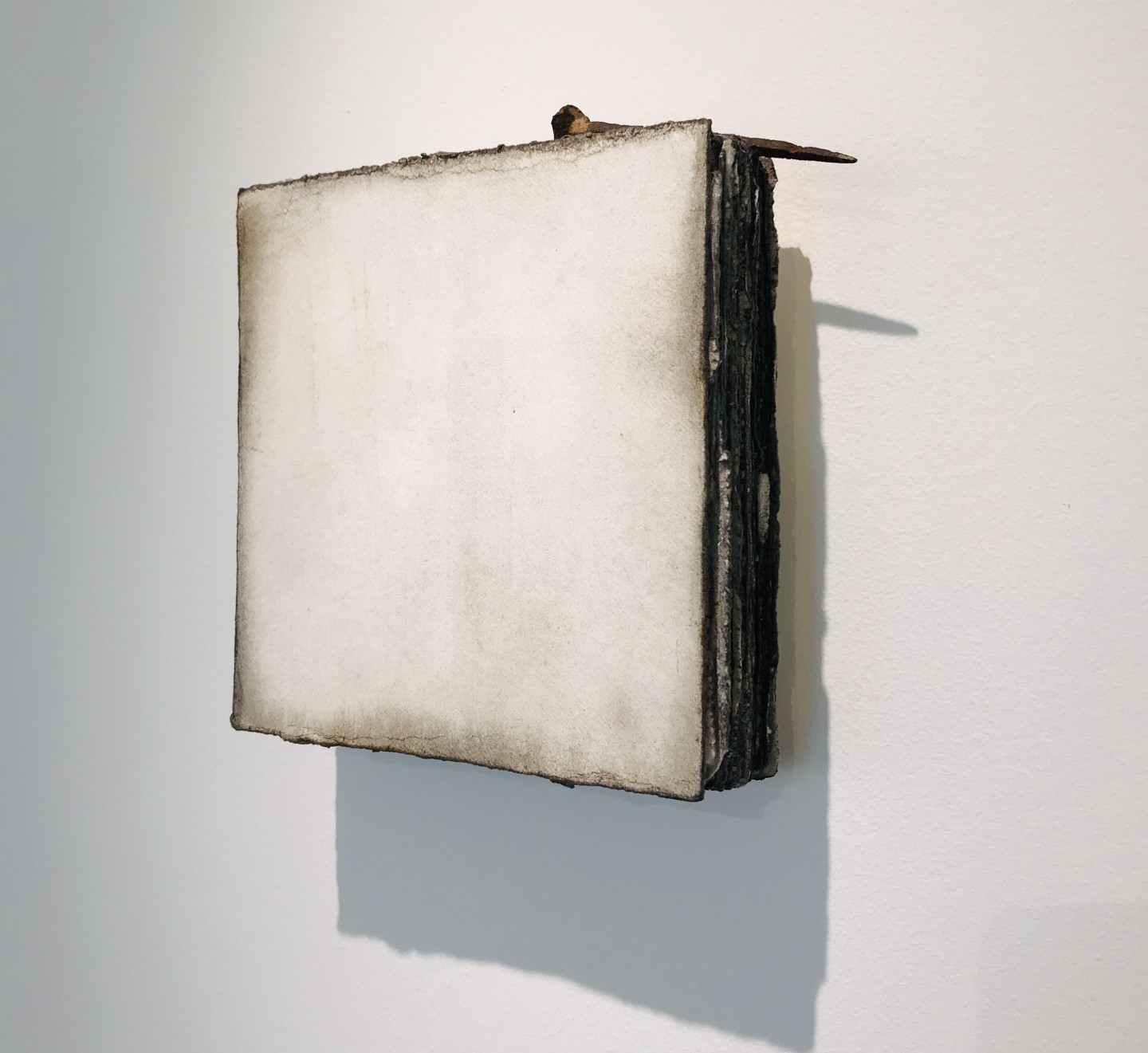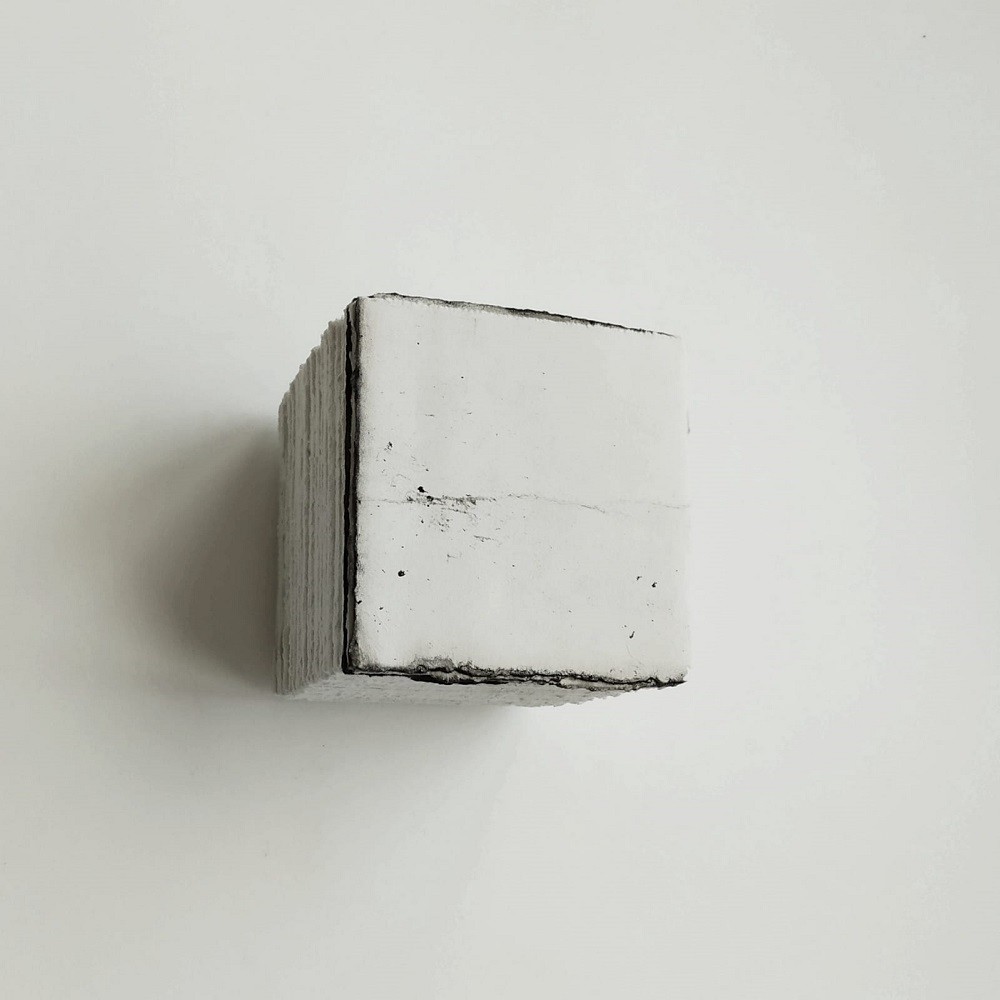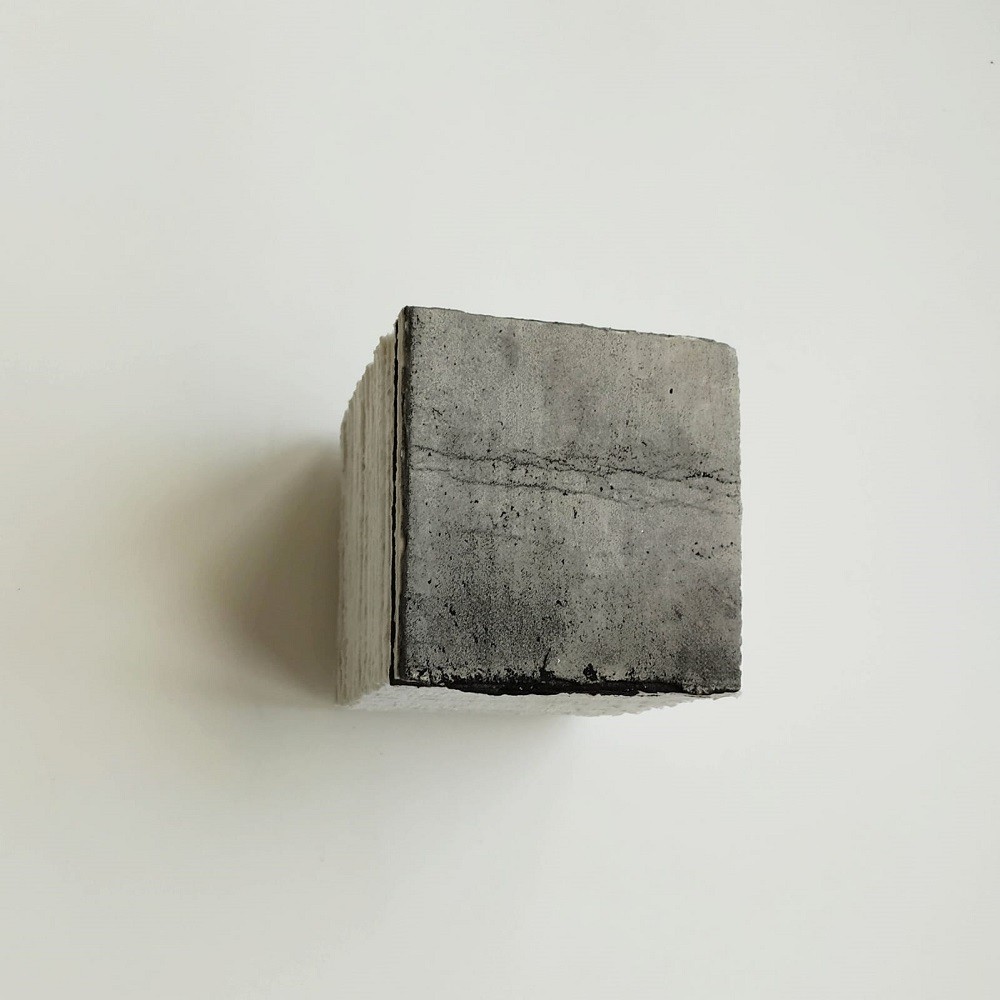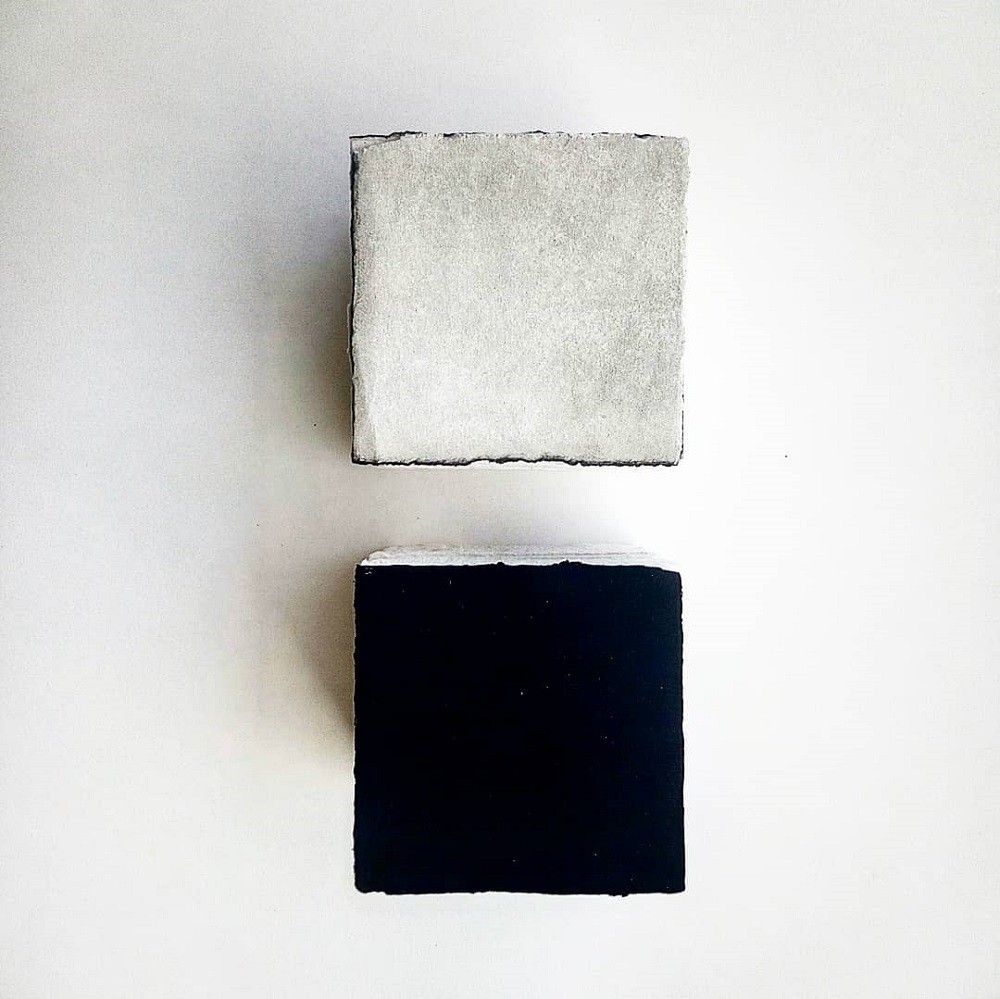Silvia De Marchi – Merci de ne pas toucher
Silvia de Marchi is an Italian artist born in Melzo, Italy in 1967. She currently lives and works in Arosio, a city located between Milan and Como. She studied at the Art High School Caravaggio in Milan between 1986 and 1991. After that, she obtained the titles of Specialization in the Preservation and Restoration of Paintings on Canvas and Wood and Preservation and Restoration of Frescoes and Stone Material. From 1991 to 2016, she restored several paintings and frescoes of Italian masters. Since then, she’s been working intensively on her own oeuvre.
Silvia De Marchi’s art focuses on the relationship between humans and nature because of their common vulnerability and metamorphosis. As she tries to understand the natural world, she explores the contrasts between visible-invisible, present-absent and complete- incomplete through dialectics: the thought process of thesis and antithesis.
The age-old metaphysical way of thinking regards the physical world as a whole of rigid objects. It divides everything into groups and species without seeing how all is connected. However, everything in nature – including us humans – is anything but rigid.Our minds and feelings are always changing and evolving. It is the mutual relationship of the metamorphosis of nature and the human psyche that forms the foundation of Silvia De Marchi’s art.
Paper is the most important medium in Silvia De Marchi’s oeuvre. She paints the sheets of paper at different times with aqueous ink that has been enriched with earth and sand. She uses these mixtures deliberately to leave behind traces of material on the surface. This way, the surfaces appear monochrome, but they are never really the same. Only when examined closely, they reveal physical features such as textures, blemishes and imperfections. As a result, the processed sheets of paper resemble physical and psychological landscapes.
To express the fleeting nature and vulnerability of humans and the environment, she uses weathered and ruined materials. For example, she uses rusted nails from the 16th century as part of her artworks. That way, her oeuvre is created by the transformative nature of time and the natural elements: by exposing the sheet of paper to earth, rain and sun, she shows the fragility and resistance of the material over time.
Important themes in Silvia De Marchi’s work process are stratification – or layering – and time. The artist assembles and manipulates the paper so that layers of matter are created. The accumulation of layers represents our personal matters, our memories and our history. Her appeal for layering is accentuated – in some of her artworks – by taping the papers together. By deliberately bringing the different layers closer together, she wants to emphasize that each of us has a tendency to close off our personal world from others. At the same time, she wants to clarify that we are also connected to each other by the same limitations and instabilities of the human condition.
De Marchi takes her inspiration from the vision of the Eastern Buddhist philosophy that accepts the transience of man and nature and captures beauty in imperfection and simplicity.
